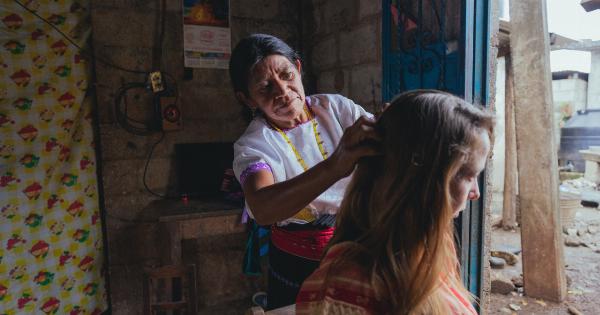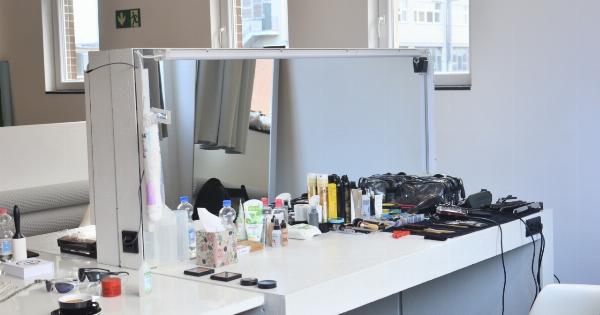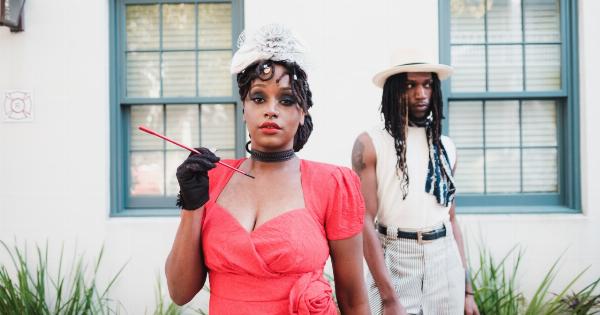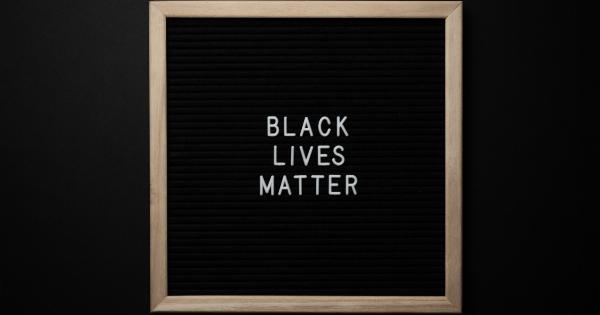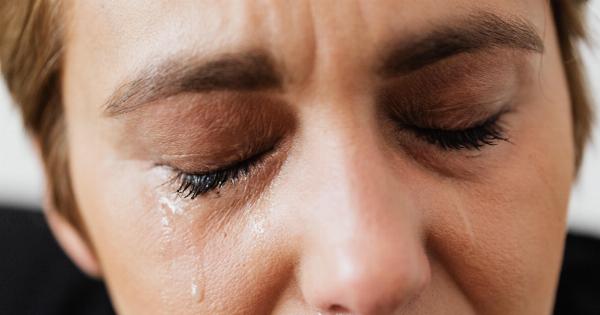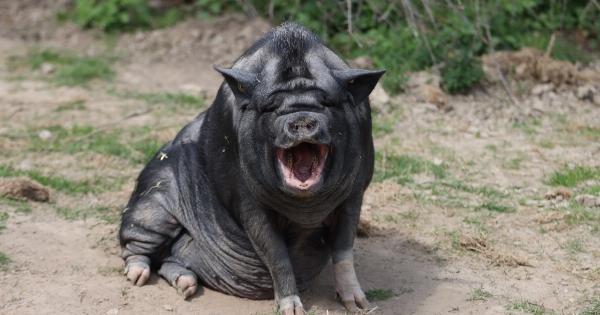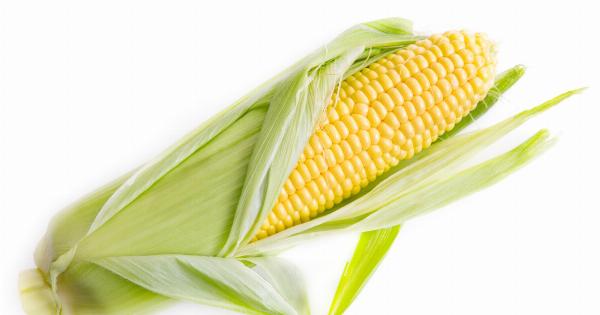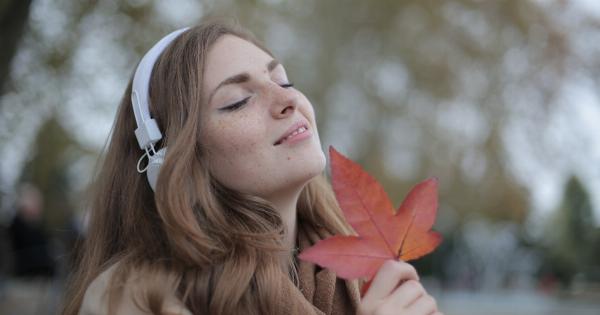For many people, hair is a defining aspect of their physical appearance. Whether your hair is long or short, curly or straight, thick or thin, it can have a significant impact on your overall image.
But have you ever wondered what really makes your hair grow?.
The Basics of Hair Growth
Every hair on your head goes through a three-stage cycle of growth: anagen, catagen, and telogen. During the anagen phase, which lasts about 2-6 years, the hair follicle actively produces hair cells.
The catagen phase marks the transition period between growth and rest for the hair follicle. It lasts only a few weeks and involves a decrease in hair cell production. Finally, during the telogen phase, which lasts about 3 months, the hair follicle is at rest and the hair that has been produced is shed to make way for new hair growth.
It’s important to note that not all hairs on our heads are in the same stage of growth at the same time.
If they were, we would shed all of our hair at once and quickly go bald! Instead, hair growth is staggered, with individual hairs in different stages of the growth cycle. The result is a constantly replenishing head of hair that may appear unchanged to the naked eye.
The Role of Genetics
While the hair growth cycle is largely the same for everyone, the rate at which it progresses may vary. Genetics play a large role in determining hair growth patterns.
Factors such as the size and shape of hair follicles, as well as the thickness and texture of individual hairs, are largely determined by genetics.
In some cases, genetic hair loss may occur when hair follicles shrink and produce thinner, shorter hairs.
This is known as androgenetic alopecia (also known as male or female pattern baldness), and it typically occurs in a predictable pattern for men and women.
The Importance of Nutrition
Another critical factor in hair growth is nutrition. Just like the rest of our bodies, our hair needs certain nutrients to grow and thrive. A diet rich in protein, vitamins, and minerals can help promote healthy hair growth.
Protein is essential to hair growth, as hair is composed primarily of a protein called keratin. Adequate intake of vitamins such as biotin, vitamin D, and vitamin E can also support healthy hair growth.
Likewise, minerals such as iron, zinc, and magnesium are important for hair growth and maintenance.
The Impact of Environment
In addition to genetics and nutrition, environmental factors can also play a role in hair growth. Excessive heat styling, chemical treatments, and harsh styling products can damage hair and slow down the growth process.
Additionally, environmental stressors such as pollution, sun exposure, and humidity can also affect hair growth. Protective measures such as wearing a hat and using a gentle shampoo may help limit the damage caused by environmental stressors.
Daphne’s Story
To better illustrate the science of hair growth, let’s take a look at a hypothetical individual named Daphne. Daphne is a 27-year-old woman with thick, curly hair that falls just below her shoulders.
Throughout her life, Daphne has had a healthy diet and generally avoided harsh styling techniques or chemical treatments. As a result, her hair has grown quickly and healthily.
However, last year she experienced a significant amount of stress due to a major life change, which caused her to notice a substantial increase in the amount of hair she was shedding each day.
Daphne’s hair was still growing, but the extra shedding made it seem like her hair was thinning out. After speaking with her doctor, Daphne realized that her hair shedding was likely related to the stress she had been under.
With some lifestyle changes and stress-management techniques, Daphne was able to reduce her hair shedding and get her hair growth back on track.
The Bottom Line
The science of hair growth is complex, but understanding the basics can help us all better care for our locks.
Providing your body with adequate nutrition, protecting your hair from environmental damage, and managing stress are all important factors in promoting healthy hair growth.




